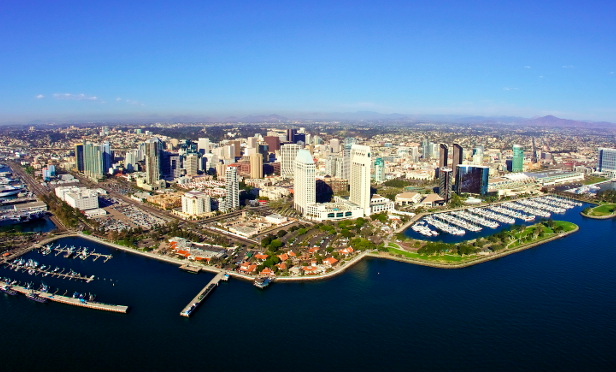The Southern California self-storage market is having a good year. The thriving apartment market has helped to drive self-storage demand and new construction, particularly in emerging submarkets, like the Inland Empire, which has recently seen a surge of apartment demand. While self-storage development is healthy, there isn't any concern that the new supply is outpacing demand.
"I wouldn't characterize self-storage as an easy asset class to overbuild. While there are some parts of the country that are likely to see some potential over-supply, Southern California is experiencing fairly low levels of new supply compared to other parts of the country," Greg Wells, managing director of the self storage advisory group at Cushman & Wakefield, tells GlobeSt.com. "This is due to several factors; a very difficult entitlement and approval process, high land costs and very competitive development market with strength of the residential and development markets."
Bryan Grissinger, a principal of Frontera Real Estate and an active developer of self-storage product in Southern California, agrees that overbuilding isn't an issue. The firm is particularly bullish on the Inland Empire market, and is currently under construction on a property there. "There are certainly pockets that may be susceptible to overbuilding, but this has not been an issue yet in the Inland Empire as a whole," Grissinger tells GlobeSt.com. "As this market was slower to recover from the recession, rents have remained lower which makes it difficult for new development to pencil."
Not all self-storage product is created equal. The most coveted self-storage is ground level, drive-up, which are easily accessible. "The majority of demand in this market is also still for ground level drive up storage," adds Grissinger. "There are very few multistory storage facilities, and demand is not as strong for the smaller units and elevator access units as you see in more core or urban markets."
As a result, land prices have increased for self-storage development, helping to keep construction in check. "The lower rents and lack of multistory assets drives the need for more land being required for a new development," says Grissinger. "This becomes a problem as the land value has been driven up by the booming industrial market, so storage is frequently not the highest and best use for the land that is available."
© 2025 ALM Global, LLC, All Rights Reserved. Request academic re-use from www.copyright.com. All other uses, submit a request to [email protected]. For more information visit Asset & Logo Licensing.








